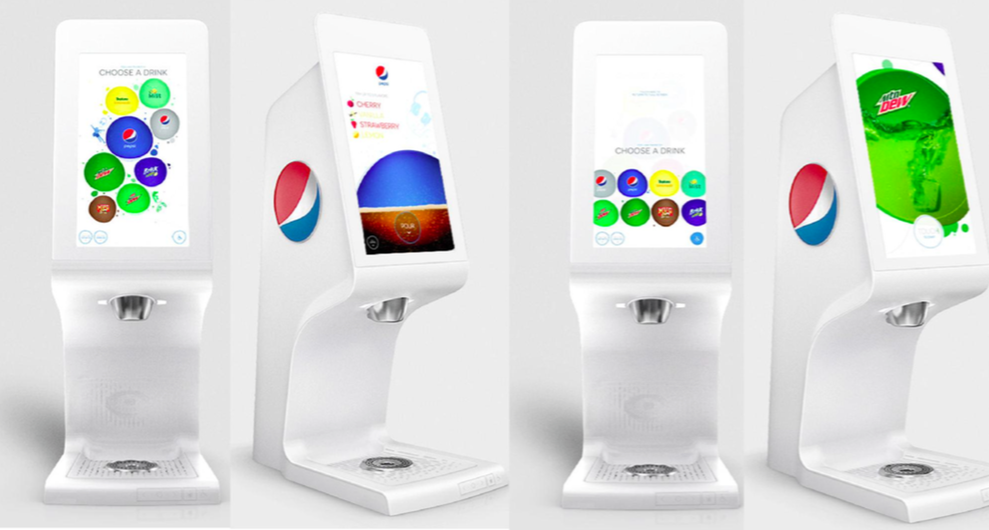We at Burnsley Technologies welcome you to the second quarter in 2016. It is no surprise that most businesses are facing tough times as a result of the current economic climate. The price of oil has not been favorable, the exchange rate is nothing to write home about, fuel scarcity is impeding on operations, and some government policies are suffocating most businesses.
In this quarter’s message, we’ll be sharing our thoughts on these industry challenges!
Some say challenges are good for growth and development. Some say it is bad for well-established businesses as it can be their undoing. Whichever view you hold we will all agree that change is imperative! A business that doesn’t change will not grow or develop new capabilities! The current economic climate has spurred most businesses to re-think their business model – searching for solutions that are more efficient and cost effective. These businesses ask themselves some pressing questions;
- Should we streamline our operations by reducing our variable costs (i.e. cost of labor)? That seems to be the common trend in the industry.
- Is there something else we can do to alleviate ourselves in this pressing economic climate?
The answer to the second question is “Yes”!
The key concept here is to make “design” an essential business priority – using design as a strategic positioning and renewal. Developing a good design requires companies to empathize with their customers – understanding through observation. Focusing on the customer experience makes companies stand out, build a stronger customer connection, adds value to the business, and creates desire amongst customer.
- Companies that bring design to the core of their business usually perform better.
- Good experience by customers enables them to remain loyal to the company even in tough times.
- Design portrays the image of a business – well-designed products and services talk to people.
- Design encourages innovative thinking and creative problem solving. It gives the opportunity to view a problem from a different perspective by applying creative and analytical thinking.
A design-driven strategy is currently used by major businesses like PepsiCo, Apple, Airbnb, Jacobs Engineering, Samsung, etc. Let’s consider PepsiCo a business that was facing major challenges and was on the brink of a split.
How Indra Nooyi Turned Design-Thinking Into Strategy
Indra Nooyi, CEO of PepsiCo turned design-thinking into a strategy for the ailing business. Before her appointment, PepsiCo had been struggling to maintain it’s market share, and some investors were fighting to split the company into two. Today, the financials shows that PepsiCo has been enjoying steady revenue growth since implementing a design-driven strategy, and the company’s stock price is rising again after several flat years.
In making PepsiCo more design-driven, they had to understand and empathise with their customers. Great designs satisfy both the customer’s needs and desires, they should be emotionally and functionally appealing. To achieve this, PepsiCo paid a lot more attention to the user experience both within and outside the organisation to gain insights.
Many companies are turning to customer research that is powered by big data and analytics. Although that approach can provide astonishingly detailed pictures of some aspects of their markets, the pictures are far from complete and are often misleading. It may be possible to predict a customer’s next mouse click or purchase but no amount of quantitative data can tell you why she made that click or purchase.

The user-centred design approach puts people’s needs at the centre of your project. A process which looks carefully at the way people do things to find out what they might really want. This approach makes you ask the right questions and design solutions for the right problem. Design-thinking doesn’t just apply to businesses, we should all apply a design-thinking approach to solving life’s challenges.
References:
Adi Ignatius (2015) How Indra Nooyi Turned Design Thinking into Strategy. Harvard Business Review







Leave A Comment